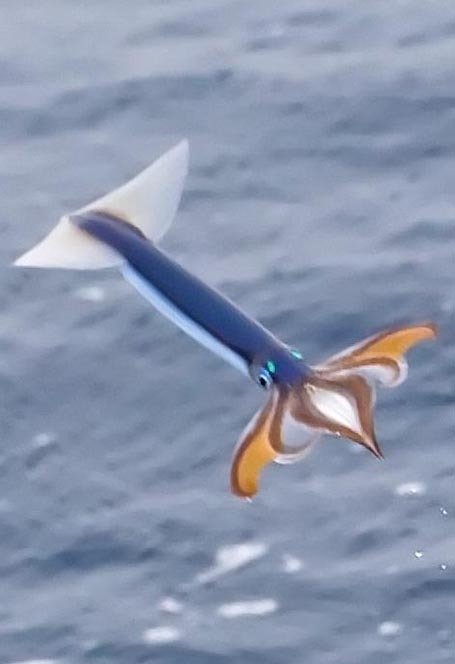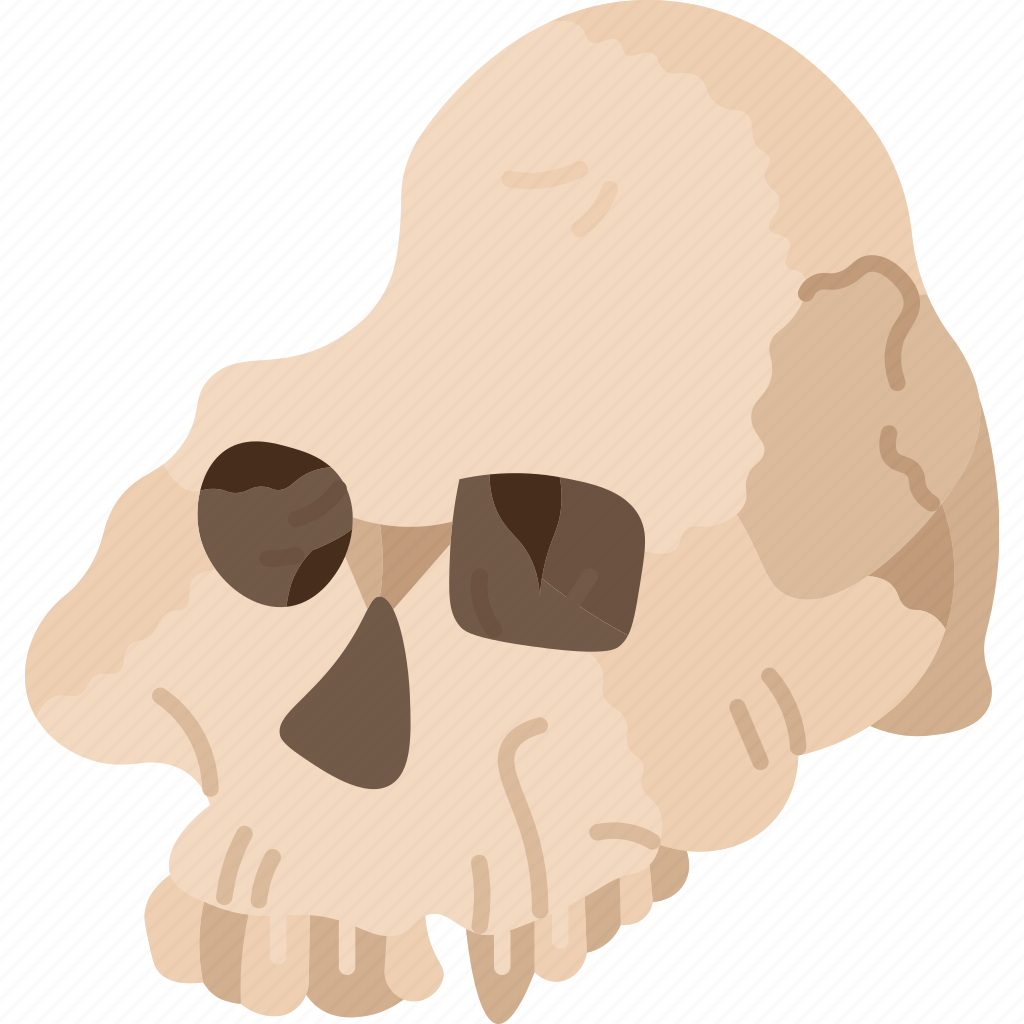- cross-posted to:
- news
- cross-posted to:
- news
They are using the eBay definition of “mint condition”, I see.
Have you seen what mint looks like after 1900 years?
I have some coins in that condition, I guess this means I can get “top dollar” for them! 😆
No low-ballers, I know what I got!
Just going by that picture, archeologists have a curious definition of “almost mint”.
The normal expected condition for a sword of that era is a mostly rusted away chunk of metal, when after 1900 years you have shiny metal and intact wood and leather, it really is near mint.
“Apart from the sanitation, education, irrigation, roads, aqueducts, and dumping artifacts in the Dead Sea… what have the Romans ever done for us?”
Brought peace?
-The people’s front of judea. Bunch of splitters! -We are the people’s front!
This is the best summary I could come up with:
Four Roman-era swords, their wooden and leather hilts and scabbards and steel blades exquisitely preserved after 1,900 years in a desert cave, surfaced in a recent excavation by Israeli archaeologists near the Dead Sea, the Israel Antiquities Authority announced Wednesday.
Researchers, who published the preliminary findings in a newly released book, propose that the arms — four swords and the head of a javelin, known as a pilum — were stashed in the remote cavern by Jewish rebels during an uprising against the Roman Empire in the 130s.
The find was part of the antiquities authority’s Judean Desert Survey, which aims to document and excavate caves near the Dead Sea and secure scrolls and other precious artifacts before looters have a chance to plunder them.
The cool, arid and stable climate of the desert caves has allowed exceptional preservation of organic remains, including hundreds of ancient parchment fragments known as the Dead Sea Scrolls.
“At the back of the cave, in one of the deepest part of it, inside a niche, I was able to retrieve that artifact - the Roman pilum head, which came out almost in mint condition,” said Asaf Gayer, an archaeologist with Ariel University.
Future research will focus on studying its manufacture and the origin of the materials in order to tease out the history of the objects and the people it belonged to: Roman soldiers and Jewish rebels.
The original article contains 587 words, the summary contains 233 words. Saved 60%. I’m a bot and I’m open source!




